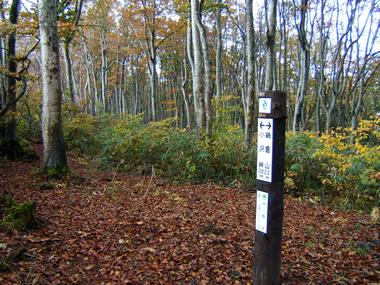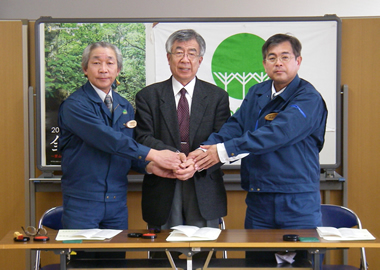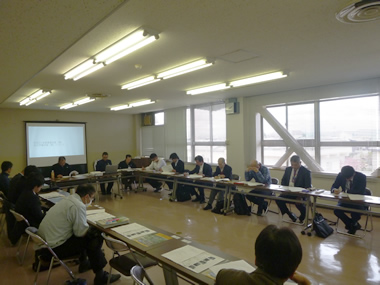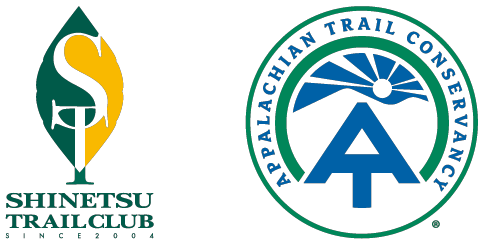- ABOUT
- EXPLORE
- Tips for Hiking the Trail
- General Outlook of the Trail
- Sec.1 (Mt. Madarao - Aka Ike pond)
- Sec.2 (Aka Ike pond - Wakui)
- Sec.3 (Wakui - Hotoke ga Mine Tozanguchi)
- Sec.4 (Hotoke ga Mine Tozanguchi - Sekida Toge pass)
- Sec.5 (Sekida Toge pass - Busuno Toge pass)
- Sec.6 (Busuno Toge pass - Mt. Amamizu)
- Sec.7 (Mt. Amamizu - Mori-Miyanohara Station)
- Sec.8 (Mori-Miyanohara Station - Ketto)
- Sec.9 (Ketto - Koakasawa)
- Sec.10 (Koakasawa - Mt. Naeba)
- Access
- Town Maps
- Visitor Centers
- Guided Hiking
- Stay
- Trail Etiquette
- Hiking Awards
- GET INVOLVED
- NEWS & EVENTS
- FAQ
- Home
- Cooperation
Public-Private Partnership Initiatives
Cooperation with the Ministry of Land, Infrastructure, Transport and Tourism

As part of the Ministry of Land, Infrastructure, Transport and Tourism’s Community Development Strategy for the Hokuriku Region, the Shin-etsu Trekking Committee, involving Nagano and Niigata prefectures, was established in 2000. This was the first step toward the creation of the Shin-etsu Trail. At the same time, the Sekida Mountain Range Walking Route Establishment Promotion Committee was created, mostly by local people. A survey and research on regional cooperation towards establishing a trekking route in the Sekida Mountains was conducted. As a result, trekking routes in the Sekida Mountains have become a reality.
Along with the three municipalities that were involved with the Shin-etsu Trail from the beginning, from 2004 to 2009, 16 more municipalities (later becoming nine after consolidations) in both Nagano and Niigata prefectures as well as local organizations joined in, and the Shin-etsu Area Tourism Exchange Promotion Council was established. This is aimed at creating a new region for tourism in the Shin-etsu area, focusing not only on the beech forests and hiking of the Shin-etsu Trail but adding the nature, history and culture of the Shin-etsu region and reviving regional alliances and exchanges across prefectures and municipalities to create a new form of ecotourism that “protects, learns and conveys.”
Cooperation with the Forestry Agency

Much of the Shin-etsu Trail is located within national forests. An agreement to cooperate in maintenance was signed in October 2004 by the Shin-etsu Trail Club and the organizations managing the national forests: the Hokushin Forest Management Office, Chubu Forest Management Bureau, Forest Agency; and the Jōetsu Forest Management Office, Kanto Forest Management Bureau. The agreement is aimed at properly maintaining and utilizing the Shin-etsu Trail in the national forest by simplifying documents for support for maintenance, technical work guidance and forest entry notifications.
Cooperation with local governments and related organizations

Consideration for the use and maintenance of the Shin-etsu Trail is handled by the Shin-etsu Trail Liaison Committee, consisting of municipalities, tourism associations, non-profits, and companies in Nagano and Niigata. The Committee introduced a maintenance system for the area, with local governments and related organizations in charge of the scale of the maintenance of the Trail.


